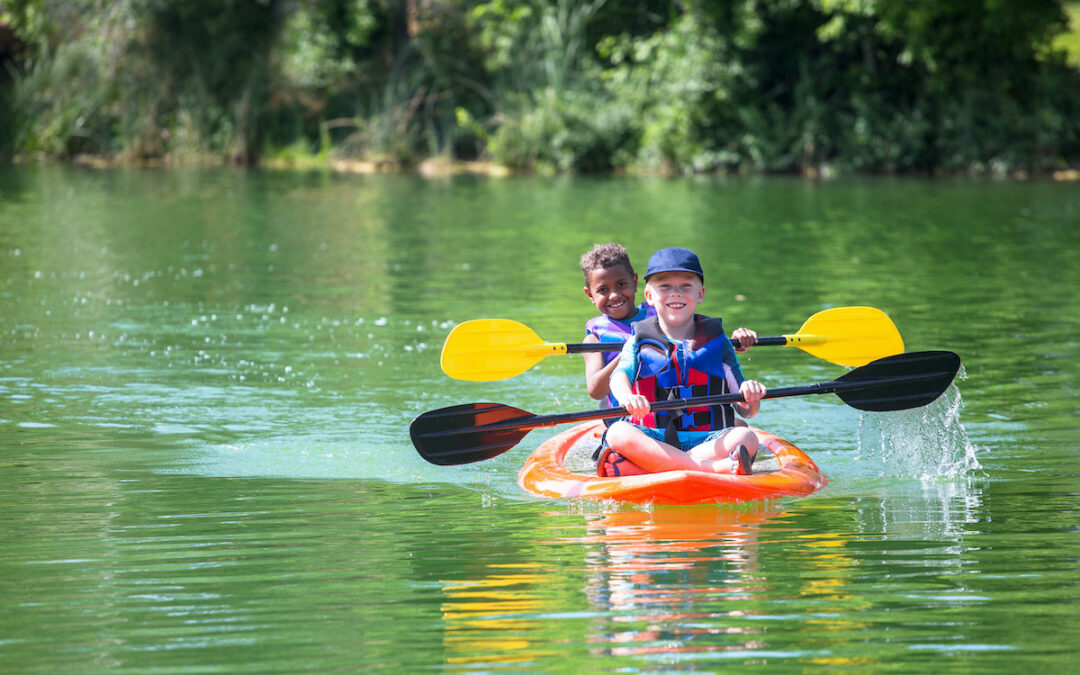Leadership capabilities are best developed through engaging student leadership activities. Programs that focus on leadership skills and capabilities need to teach students about leadership and organise activities that develop their capacities.
A variety of activities will engage more students so cast the activity net widely to cater for as many students as possible. The following student leadership activities are among the more engaging I’ve seen in primary schools.
Ambassadors
Create opportunities for senior primary students to represent their schools or class in public forums. Welcoming parents and visitors to the school; representing the school at events such as local Anzac Day ceremony; conducting a school one-on-one tour for a guest enable leaders to communicate clearly, and in some cases to speak in public. School ambassador roles can be long term or for specific events, giving flexibility to student leadership teachers.
Camps
Create a camp program that includes all senior students as camps provide wonderful opportunities to bring out leadership capacities away from school.
Leadership is both situational and environmental. For instance, some students rise to the occasion when a situation calls for calm, while others panic or dramatize events. Similarly, many students feel comfortable in bush, beach or adventure environments and they readily accept responsibility and lead the way for their classmates.
Projects
Provide plenty of short-term student lead projects such as recycling campaigns, service or volunteering activities or in-school social activities such as lunch-time table tennis tournament help build confidence, promote benefit mindsets, and give leaders greater visibility.
Peer support programs
Organise peer support programs (also known as buddy programs) where older students support younger students either formally or informally are incredibly practical forums for leaders to build relationships skills, practise problem-solving and develop a sense of responsibility.
Mentoring
Offer mentoring, which is a keystone of the Young Leaders Program, as mentoring accelerates student leadership development and helps to create a school leadership culture. There are four parts to mentoring: a student is mentored in leadership by an adult or older student; a student becomes a mentor to other students; a student leaves a legacy; a student passes on learning to the next group of leaders.
Clubs
Create a club programs to help students hone their leadership skills. Student lead in-school clubs such as collecting clubs, maths clubs and sporting clubs allow students to develop leadership in their areas of interest and expertise.
Expeditions
Organise adventure activities such as group bike rides, fun runs and long-distance walks develop relationship, problem-solving and teamwork in more challenging environments. In an expedition, students are placed in small teams and every student is given a role. The welfare of the group becomes paramount, and success is measured in terms of group rather than individual performance. An expedition is a wonderful way to engage kids in leadership activities, while building a sense of camaraderie and mental toughness.
Student leadership is an incredibly important element in preparing students to flourish in the world outside of school. It’s best developed in schools when a common framework is used as a reference point; there’s a wide variety of learning activities are available; and leadership behaviours are recognised.
Get your Free Language of Student Leadership Guide when you subscribe to our very practical and eminently useful Leadership News.

